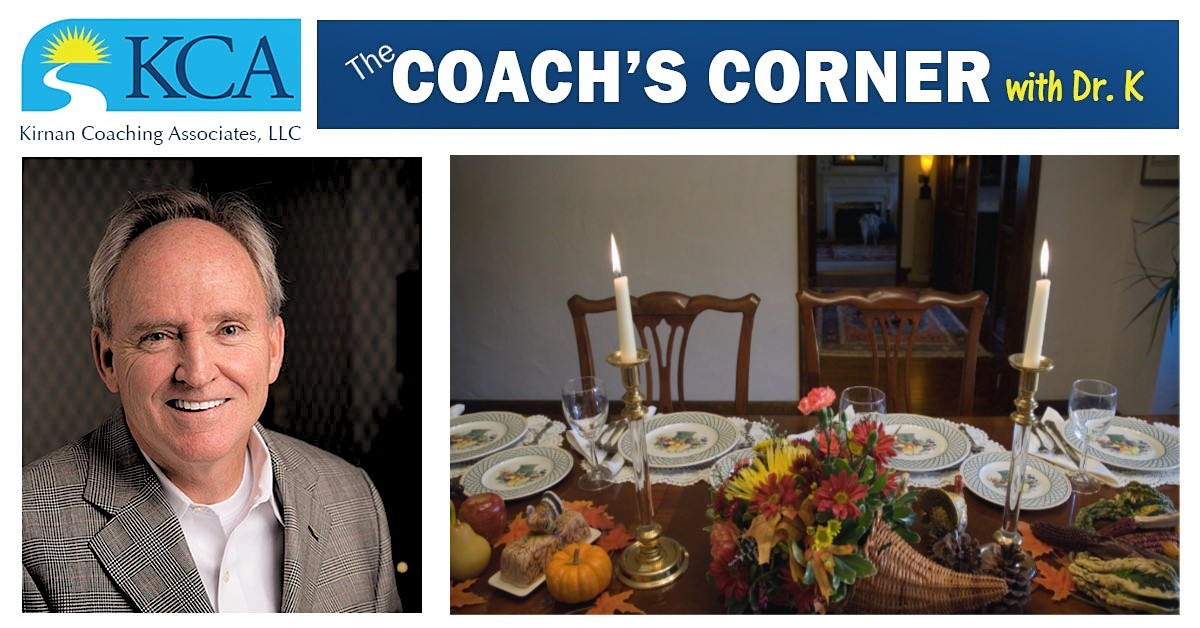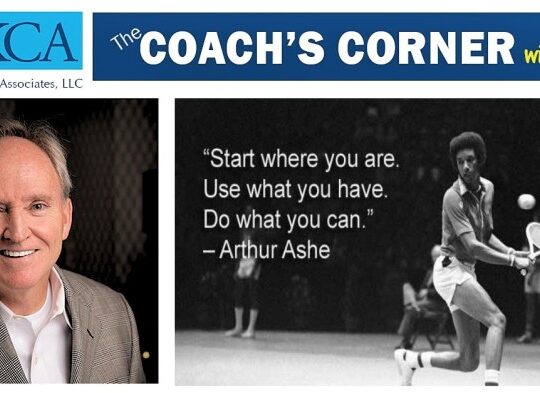Once there was a tree….and she loved a little boy…The boy loved the tree and the tree was very happy”, The Giving Tree by Shel Silverstein
One of the great blessings in my life was becoming a grandfather to my granddaughter several months ago. I now know that great feeling that so many of my close friends had shared with me in recent years when they too became a part of this very special community. Becoming Grandpa K to Rory reminded me of the many life defining roles that come with the journey — i.e., as a son, daughter, brother, sister, cousin, nephew, Uncle, Aunt, Mom, Dad, and of course the great privilege of being a friend to others (especially a BFF). In all of these roles, we have a unique opportunity to build a lasting relationship. We also have countless opportunities to build relationships beyond our immediate flock of family and friends by the different career roles and titles we may take on, relationships that can often become truly life changing experiences.
Like lots of grandfathers, I now find myself looking frantically for things that I can buy for my beloved Rory and so last weekend I started rummaging through some of the old children’s books my wife and I used to read to our own children like Dr. Seuss, the Berenstain Bears, The Polar Express, The Tale of Peter Rabbit, and even Thomas the Tank Engine. But one book really caught my eye — it was The Giving Tree by author Shel Silverstein, first published in 1964. As I read the book for the first time in over 25 years, I found myself crying profusely and couldn’t understand why. But, the more I thought about it, the more the story made me realize that often the message found in a really great children’s book like The Giving Tree is one that can permeate throughout one’s entire lifetime.

The Giving Tree is a compelling story of the unconditional love and fellowship between a tree and a little boy and is among the most popular children’s books of all-time even though it has spawned a fair share of criticism for what some argue is the boy’s narcissistic nature and the tree’s enabling behavior. In the story, the boy spends lots of time with the tree in his younger years by collecting her leaves, swinging on her branches, climbing up her trunk, and carving the initials “Me and T” in the bark to signify how happy the boy and the tree are when they are together. However, as the little boy grows into adulthood, he spends less and less time with the tree, only visiting her when he needs something of material value which he gets by selling her apples for money; building a house from her branches; and, ultimately cutting down her trunk to build a sailboat. In the end (SPOILER ALERT) the tree feels sad because she has nothing left to give as she is now just a small stump. The boy is now an old man looking only for a place “to sit and rest”. The story concludes with the tree offering her stump as that place where he can “sit and rest”, one final act of unconditional love and where once again, “the tree was happy”.
The Coaching Perspective — Assessing Your Personal and Professional Relationships in Terms of The Giving Tree
Reading The Giving Tree reminds me of the passing of time and our own journey from childhood through old age and those powerful feelings of loving, longing, and loss that we meet along the way. From a professional coaching standpoint, the book encourages each of us to reflect more deeply about our own circle of personal and professional relationships and how those relationships may impact our livelihood and sense of self. Here are some key questions you might ask yourself:
• What qualities are most important to you in developing a personal or professional relationship?
• How important is the concept of reciprocity in a personal and professional relationship — i.e., the degree of giving (the “tree”) and taking (the “boy”) in any relationship?
• How do you see yourself in your most important personal and professional relationships — i.e., are you more like the “tree” in any given relationship or more like the “boy”?
• Based upon your assessment, are there any specific steps you could take to strengthen your most important personal and professional relationships?
The Postscript — The Circle of Life
I cried again last week when I read The Giving Tree to my Mom who is now 90 years old and living in a nursing home with the beginning stages of dementia. I wanted her to know that she will always be the penultimate “tree”in my life, a person who has always given anything and everything she ever had to make my life better. So now it’s my turn to take on my Mom’s role and to be The Giving Tree to others in my flock where I can hopefully be of help in terms of my time, talent, and stewardship. And, one more thing I know is true — I will cry again when I read The Giving Tree for the very first time to my dearest granddaughter Rory. I guess I now know why they call it The Circle of Life.
Blessings to all of my colleagues and fellow coaches in the hope that you will find that inner peace you seek in your relationships,
Dr. K






